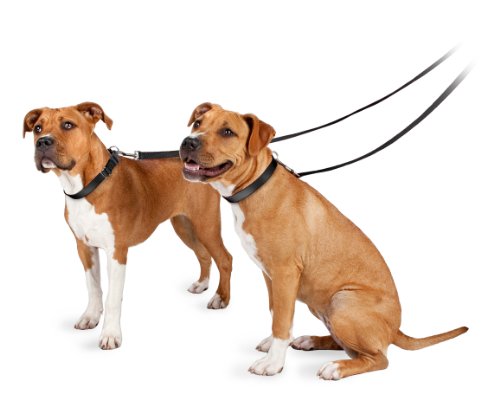Do you have a new puppy in your life? Puppy training can seem overwhelming when you’ve got a wiggly bundle of fur on your hands, but it comes down to a few key tips. We talked to celebrity dog trainer and member of Rover’s Dog People Panel, Nicole Ellis, to get her take on training a puppy. She offered up five top tips for helping your puppy grow up to be the best dog he or she can be.
Here’s Nicole with her dog Maggie, who knows an incredible number of commands!
1. Be consistent
Consistency is key. Make sure every person who is interacting with your puppy knows your rules and expectations for behaviour, and provides consistent feedback on how your new family member is doing.
2. Socialise, socialise, socialise
Socialisation is huge! Young puppies go through a critical socialisation period from four to 12 weeks old. And, did you know that in the first year of your dog’s life he should meet over 100 people? Be sure to expose him—with positive reinforcement—to all sorts of items, sounds, and experiences.
This will help him to not be scared or reactive to these sounds, and more importantly, to be confident. Everything from firework noises, to doorbells, large crowds, and various types of people should be encountered.
3. Nip puppy habits in the bud
Don’t allow your small puppy to do things you wouldn’t want a large dog to do. It’s easy for us to let puppies get away with naughty things because they’re so cute.
But these are things we don’t want them doing as adults. Now is the perfect time to fix these behaviours. Otherwise, you may spend a lifetime un-training those ‘cute’ puppy behaviours like jumping up, mouthing, and excessive vocalisation.
4. Walk it out
Though walking can be stressful and frustrating to start out with, daily practise will turn walk time into your most valuable interaction with your best friend. Walks are a time to refresh your minds and enjoy exploring the sights and sounds of the world together. Start with a shorter four-foot (122 cm) lead for easier handling.
Walks are also a wonderful training tool, providing daily opportunities to work not just on lead manners and socialisation but things that come up day to day, including barking, chasing, begging, waiting politely, and more. The article Why We Walk covers the importance of daily walks in more detail.
5. Short, frequent training sessions
Want a well-mannered dog who can accompany you on all your hikes, trips, and travels? Short but frequent training sessions are the most valuable tool to get you there.
Using short training sessions with high-value rewards means keeping your dog focused on the lesson at hand, and keeps training time a fresh and fun activity she looks forward to, instead of a boring rehash of memorised tricks.
Fit in as many of these shorter training sessions in a day as you reasonably can, and you’ll have a puppy genius on your hands in no time.
Further Readings
My Dog Is Afraid of Other Dogs, What Should I Do?
What To Do If Your Dog is Choking





